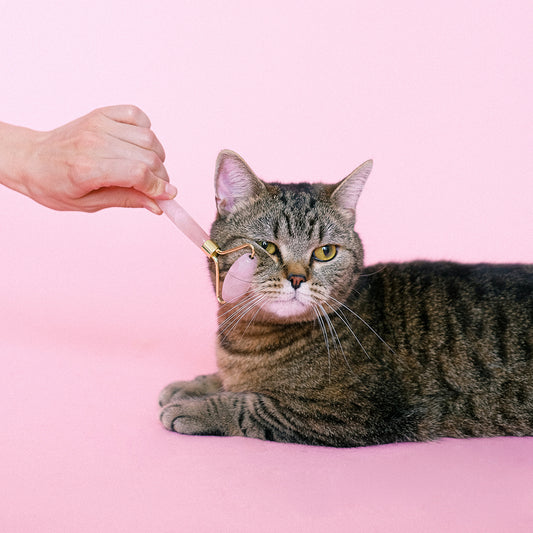When it comes to parasites, it’s often out of sight, out of mind. Unfortunately, no matter how hard you try to avoid it, your pawed pal is a walking target for fleas, ticks and worms.
In fact, it’s pretty much guaranteed that your pet will become infected by some sort of parasite at at least once in their lifetime. Parasites are nasty little creatures that bring with them a whole host of risk factors, not only for your pet, but for you and your home as well.
It’s at this point that you’re probably wondering – well, how do my pets get parasites? Great question! The short answer is that, due to the very nature of cats and dogs being inquisitive little explorers, parasite exposure can happen pretty much everywhere. But to get a little more specific on the cause of infection, let’s break our enemies down into two groups – external (fleas and ticks) and internal (worms and heartworms) parasites.

EXTERNAL PARASITES
Opportunistic, pesky, and potentially life-threatening, fleas and ticks are probably the most commonly thought-about parasites when it comes to cats and dogs. So how exactly do they come in contact with your pet?
FLEAS
-
Other Animals - Dogs in particular are social creatures that love to play and interact with other animals. Just a short little “hello!” sniff at the dog park with an infected pup is enough time for an opportunistic flea to jump from one dog to the other. If you’ve got a cat or dog that loves exploring, their wandering can also take them into territory where a wild animal like a possum, rabbit or rodent bearing fleas has been present, and allow them to pick them up that way, too.
-
At Home – Yes, really! The definition of an uninvited guest, fleas can easily make their way into our home by hiding in our clothes, riding in on visiting pets, and even thanks to the mice and rats hiding in the floors, walls and roofs of our houses.
-
Outdoors – While adult fleas don’t typically wander around freely outside due to their dependence on a host (they are parasites after all!), their eggs, larvae and pupae can be found outdoors in warm, sheltered environments. If you’re experiencing continued re-infestation and your pet spends a lot of time outside, in a kennel or dog bed, it might be the case that a flea has laid its eggs there.
TICKS
-
Outdoors – Most at risk of ticks are pets that live close to or frequently visit bushland or beach areas. Ticks lie in wait in shrubby, grassy areas, and are alerted of a nearby host when they detect heat and carbon dioxide from an exploring cat or dog. They have also been known to drop down from overhanging trees and branches onto an unsuspecting animal.
-
Other Animals – Just like fleas, ticks can very easily hitch a ride in on other animals before making their home in your pet’s fur.
-
Humans – If you’re a fan of hiking or bush-walks, then you’ve probably unsuspectedly been the carrier of a tick at one point or another. Ticks can bury into human clothing when brushed past in grassy, low-lying shrubs and fields, and ultimately make their way into your home, putting your pets at risk without you even realising it.

INTESTINAL PARASITES
Hookworm, Tapeworm and Roundworm
-
Ingestion – The most common cause for exposure to intestinal parasites is when your pet accidentally eats soil, water, faeces or food that is contaminated with the parasite’s eggs or spores. Tapeworms in particular can also be transmitted when a cat or dog ingests an infected flea, either by licking or grooming fur where the parasite is nesting.
-
Nursing or In Utero – Puppies are at the greatest risk of being exposed to intestinal worms by their infected mother. The parasites most commonly pass through the placenta to the puppies while still in utero, but the transfer can also occur while they nurse from their lactating mother.

PREVENTION > CURE
So now we know a little more about how our pets come into contact with these nasty little creatures, but what should we do about it? The solution, unfortunately isn’t to lock our pets away in plastic bubbles, hiding them safely out of harm’s way. Just as, likewise, it would be irresponsible to just carry on and pretend that they’re not at risk. The solution? Parasite protection, of course!
By choosing and staying up to date with a protection plan that offers all-inclusive coverage against fleas, ticks, intestinal worms and heartworms, you’ll rest easy with the peace of mind that your best friend can live a full, happy and healthy life while still having fun and exploring the world around them! Don’t wait for your pet to become sick before you start caring about their health. Prevention is always better than trying to find a cure, especially when it comes to the things we love the most.
Find out more about our personalised pet protection plans here.





